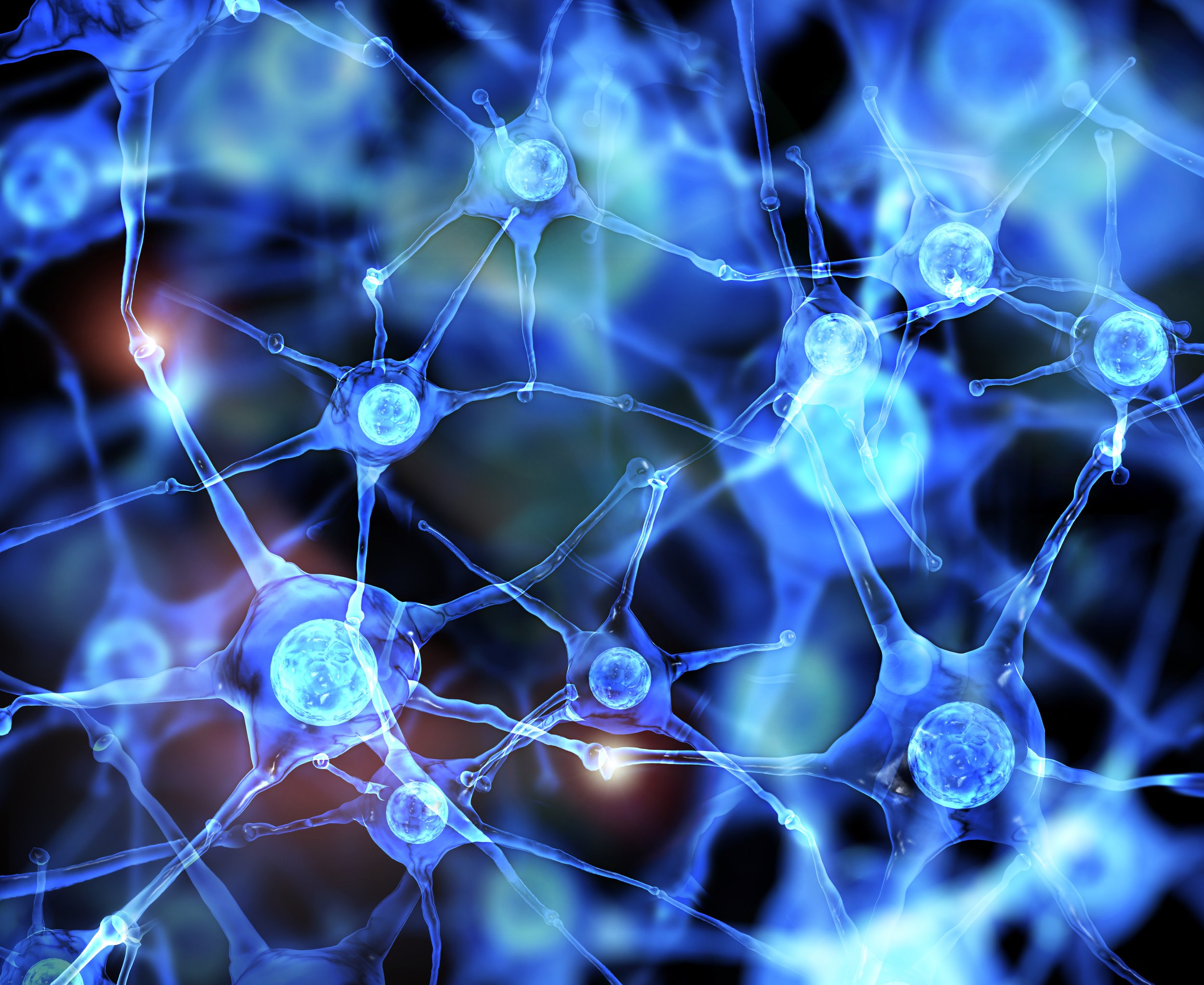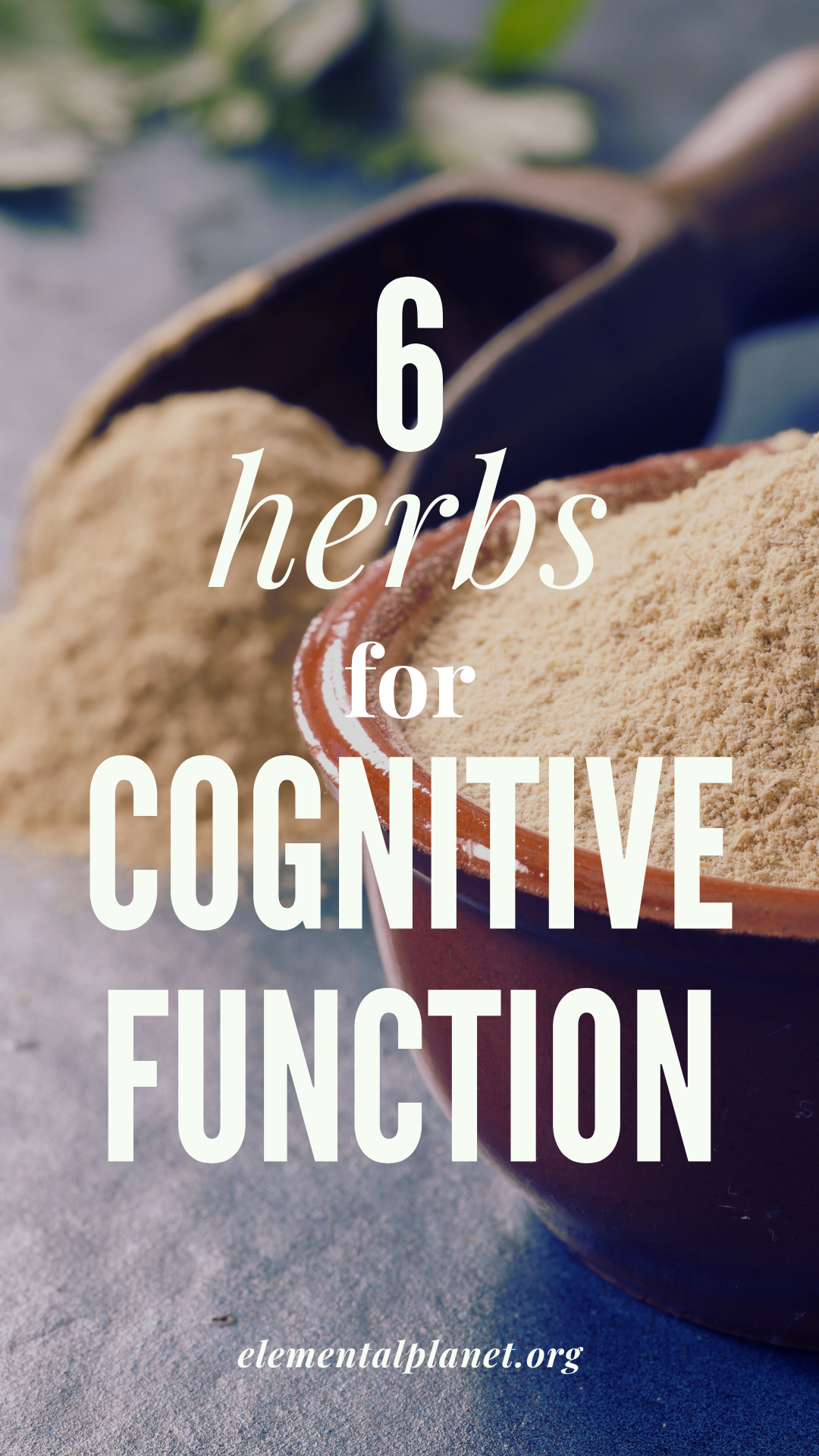An Herbal Approach to the Central Nervous System: From Cognition to Spinal Cord Functions
Welcome to another installment in my Systematic Herbalism series, where we delve into each system of the body. This month, we are exploring one of the most crucial systems, the nervous system. This complex creation has many working parts and just as many functions. Due to its complexity, we split it into two distinct systems: the central nervous system (CNS) and the peripheral nervous system (PNS). The CNS includes the brain and spinal cord and serves as the root of the PNS. To understand how these two systems combine, let us explore each one individually, starting with the central nervous system.
Before we dive in, let's go over some basic terminology that will be helpful.
The nervous system consists of both nerves and neural pathways, both of which transmit signals around the body. In the CNS, these connections are called neural pathways or tracts. When these connections bridge the right and left halves of the body, they are referred to as commissures. In the PNS, these connections are called nerves, which consist of many nerve fibers wound together.
Supporting the Nervous System with Herbal Remedies
From an herbalism perspective, we can support and nourish these complex systems using specific plants known for their therapeutic properties. Herbal remedies have been used for centuries to enhance brain function, calm nerves, and promote overall nervous system health. Let’s delve into the world of botanicals that can aid in maintaining a balanced and healthy nervous system. By integrating these herbal allies, we can bolster our nervous system’s resilience and functionality, harnessing the power of nature to support our complex neural networks.
The Spinal Cord: The Backbone of the Nervous System
The spinal cord is a vital part of our nervous system that runs through the bones of the spine, from the base of the skull to the lower back. It looks like a long, thin tube and is made of two types of tissue: grey matter and white matter. These tissues contain special nerve cells called interneurons that help transmit information up and down the spinal cord.
The Two Main Sides of the Spinal Cord
Dorsal Side (Back): This is where it connects to the PNS through structures called dorsal roots. Think of these roots as "entry gates" where signals from the rest of your body enter the spinal cord and then travel up to the brain.
Ventral Side (Front): On this side, signals leave the spinal cord via ventral roots. These roots act as "exit gates," allowing messages from the brain and spinal cord to reach the rest of the body.
Together, these dorsal and ventral roots form the spinal nerves, which branch out on either side of the spinal cord. The human body has 31 pairs of these spinal nerves, categorized into four groups based on where they exit the spinal column:
Cervical (Neck region)
Thoracic (Upper and mid-back)
Lumbar (Lower back)
Sacral (Pelvic region)
These spinal nerves play a crucial role in transmitting information between your brain and the rest of your body, allowing you to feel sensations and control movements.
Brain and Cognition: The Central Command
The brain, arguably the most complex component of the CNS, can be divided into four main sections: the cerebrum and diencephalon (these two combine into the forebrain), the brainstem, and the cerebellum.
Brainstem
The brainstem acts as the connection between the spinal cord, the forebrain, and the cerebellum. At the center of the brainstem is the reticular formation, which is involved in motor function, cardiovascular and respiratory control, and sleep-wake cycles. It's truly essential for our survival!
Cerebellum
The cerebellum consists of the cerebellar cortex. It is vital for controlling balance and posture, as well as coordinating and remembering movements, although it does not initiate these movements. The cerebellum is responsible for receiving information from our muscles, skin, eyes, and ears, ensuring smooth and precise movements.
Cerebrum
The cerebrum is the largest part of the brain and is responsible for many of the functions that make us human, such as thought, memory, and voluntary movement. It is divided into two halves, known as the right and left cerebral hemispheres. These hemispheres are connected by a bundle of nerve fibers called the corpus callosum, which allows them to communicate with each other. At the center of the cerebrum lies the cerebral cortex, a thin layer responsible for many complex brain functions, including:
Sensory Perception: Processing information from the senses (sight, sound, touch, taste, and smell).
Motor Control: Initiating and coordinating voluntary movements.
Cognition: Functions such as thinking, learning, problem-solving, and decision-making.
Emotion: Regulating feelings and social behaviors.
Language: Involvement in speech and comprehension.
Diencephalon
The diencephalon is a region of the brain that sits just above the brainstem and beneath the cerebral hemispheres. It plays a critical role in relaying sensory information and regulating various autonomic functions. The diencephalon consists of two main parts:
Thalamus: Often described as the brain's "relay station," the thalamus acts as a hub for sensory information, directing signals from all sensory receptors (except smell) to the appropriate areas of the cerebral cortex. It also plays a part in regulating sleep, alertness, and consciousness.
Hypothalamus: Located just below the thalamus, the hypothalamus serves as a control center for many vital functions, including:
Homeostasis: Maintaining the body's internal balance, such as temperature regulation, hunger, and thirst.
Endocrine System: Controlling the release of hormones through the pituitary gland, influencing growth, metabolism, and reproductive processes.
Autonomic Nervous System: Regulating involuntary functions like heart rate, blood pressure, and digestion.
Behavioral and Emotional Responses: Influencing behaviors related to survival, such as feeding, mating, and stress responses.
Together, the thalamus and hypothalamus form the core of the diencephalon, connecting various neural pathways and ensuring the smooth operation of both sensory processing and autonomic functions.
Imbalance in the Central Nervous System
Imbalance in the central nervous system can lead to many uncomfortable symptoms. For example, misalignment in the spinal cord can cause nerve pain that radiates to other areas of the body or lead to a pinched nerve, which is very painful.
Imbalance in the brain can be even more severe than one in the spinal cord. A dysfunctional thalamus can cause amnesia, apathy, or aphasia (loss of the ability to speak or understand language). The thalamus serves as the brain’s relay station, so its dysfunction can disrupt the transmission of sensory and motor signals.
An imbalance in the hypothalamus can cause a myriad of symptoms like weight fluctuations, dysregulated hormones, and problems with the sleep cycle. The hypothalamus controls many autonomic functions such as temperature regulation, hunger, and thirst. When it's out of balance, it can lead to conditions like insomnia, anxiety, and metabolic disorders.
In addition to these, the cerebellum, if affected, can result in coordination and balance issues, making even simple movements challenging. Similarly, damage to the brainstem can affect basic functions like breathing and heart rate.
Overall, maintaining the health and balance of the central nervous system is crucial for our overall well-being, as its disruption can lead to various physiological and psychological challenges.
Herbal Therapeutics for the Central Nervous System
From an herbalism perspective, various botanicals can support the nervous system:
Adaptogens: Herbs like ashwagandha, rhodiola, and holy basil help the body adapt to stress, reducing the impact of anxiety.
Nervines: Plants such as valerian, passionflower, and lemon balm have calming effects, supporting relaxation and reducing nervous tension.
Neuroprotectives: Herbs like ginkgo biloba and gotu kola protect the brain from oxidative damage and improve cognitive functions.
Sedatives: Chamomile, California poppy, and skullcap are gentle sedatives that help ease insomnia and promote restful sleep.
Stimulants: Ginseng and rosemary stimulate mental alertness and improve cognitive performance.
Antispasmodics: Cramp bark, kava kava, and wild yam relieve muscle tension and spasms.
Anxiolytics: Lavender, St. John’s wort, and kava kava reduce anxiety and promote a sense of calm.
Mood Enhancers: Herbs like St. John’s wort, saffron, and rhodiola uplift mood and combat depression symptoms.
Tonic Herbs: Oat straw, nettle, and hawthorn strengthen and support the overall health of the nervous system.
Anti-inflammatory: Turmeric, ginger, and boswellia reduce neural inflammation and support brain function.
Cognitive Enhancers: Bacopa, rosemary, and sage enhance memory, concentration, and cognitive function.
Analgesics: White willow bark and turmeric alleviate pain, providing relief from headaches and neural pain.
By integrating these herbal allies, we can bolster our nervous system’s resilience and functionality, harnessing the power of nature to support our complex neural networks.



















Hello and welcome! I'm Eve, a Chemist turned Herbalist, sharing the wonders of plant medicine and botanical skincare. Join me on this journey to Learn, Create, and Align your Divine!